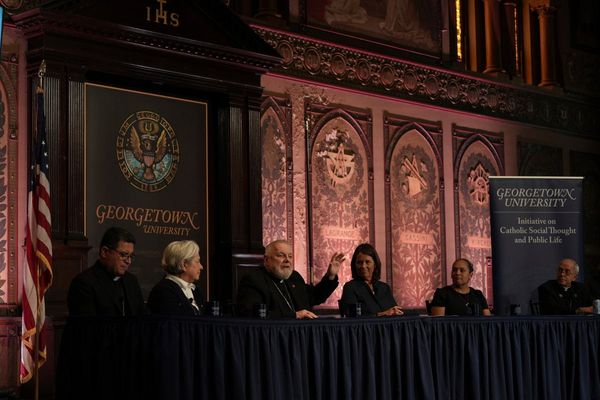
The glory days of Concorde seemed like the start of a golden age of travel where flights would become faster as years went by. When Concorde was eventually taken out of service in 2003, it felt like a huge step backward.
Instead of being able to fly to New York from London in three hours, passengers had to revert to flights taking an average of around 7 hours. Since then, there has been little progress in reducing flight times, although with modern aircraft being able to fly further, overall journey times have reduced with the introduction of non-stop London to Perth flights and the planned Qantas London to Syndey service.
Although a new supersonic aircraft, Boom, is being developed, there are now suggestions that rather than flights getting shorter, they should become longer due to environmental concerns.
While technology has helped to produce cleaner fuels and reduce emissions in many forms of transport, such as electric cars and buses, aviation is lagging behind. The main development for aviation, sustainable aviation fuel (SAF), will not even reduce carbon emissions to any great extent, even though it is a cleaner, renewable source of energy. However, SAF is not yet ready to be used on any scale due to a lack of availability and manufacturing plants.
Virgin Atlantic recently proved that it is possible to fuel a transatlantic flight entirely with SAF, but there is simply nowhere near enough of the fuel alternative available for it to be used on a commercial scale yet.
In the meantime, aviation is becoming increasingly scrutinized despite only representing around 2% of global emissions. The pandemic shifted many business meetings to be held virtually, and that legacy has made aviation an easy target for environmentalists. Given the lack of new aircraft technology on the immediate horizon, many believed that aviation might stop governments from reaching their net zero goals.
Should we fly slow?
Other than stopping or reducing flying until a more green solution is found, there may be another alternative to reducing emissions. A recent study by the University of Cambridge suggested that aircraft should fly slower and increase their flight time to reduce climate change.
While this approach may seem counterintuitive, it could have significant benefits. The study recommended actions for the aviation industry to make net-zero emissions by 2050 more achievable.
Aircraft should fly slower and increase their flight time to reduce climate change.
According to a recent study by the University of Cambridge
In addition to the recommendation to fly slower, the report also set out other realistic targets that should be in place by 2030 to achieve the 2050 net-zero pledge. These were less groundbreaking, with suggestions for further research into reducing contrails created by planes, more collaborations between governments and the aviation industry, the creation of more sustainable fuels, and experimenting with new technologies.
The report also suggests speeding up the production of new aircraft that are much more fuel-efficient than their predecessors. Airlines would undoubtedly support this last recommendation, as the pandemic has caused a huge backlog of deliveries from major airline manufacturers. The increased production of new aircraft would also help passengers get better value, as currently, airfares are substantially higher than before the pandemic due to high demand and a lack of capacity.
The trade-off
The University concluded that reducing flight speed by around 15% could decrease fuel burn by 5 to 7%. In real-world terms, this would mean an increase of around 50 minutes to a transatlantic flight.
The extra flight time could have advantages for business travelers on shorter night routes where sleep is at a premium. Most U.S. East Coast transatlantic flights leave in the evening and arrive in the early morning in Europe.
Flight times are shorter when flying eastbound, so realistically, most passengers will get a maximum of four to five hours sleep and then often be expected to go straight into a meeting or office after a quick shower in the lounge. However, if only some airlines chose to fly at lower speeds, many leisure travelers would elect to have a shorter flight time and be less likely to choose the more environmentally friendly flight.
While the extra sleep time would be welcome for some on night flights, the extra flight length could mean that ticket prices rise due to reduced aircraft utilization, with nearly two hours of additional flying time on a return trip. Crew hours would also be affected, although this would be lower due to the flying limits for crew, as crew usually only operate one flight per day on long-haul sectors.
If airlines adopt the fly slow practice, the University believes the move could see up to a 50% reduction in fuel burn by 2050. Yet, whether airlines accept the recommendations is likely to be decided based on the impact on the company’s profitability, not just the environment.







